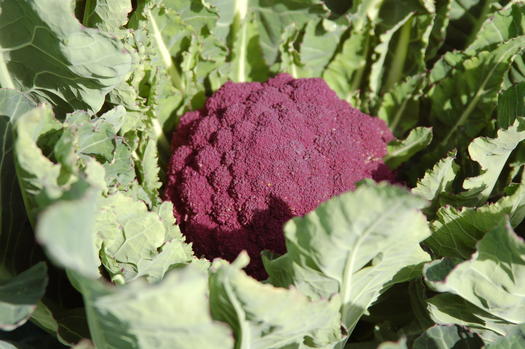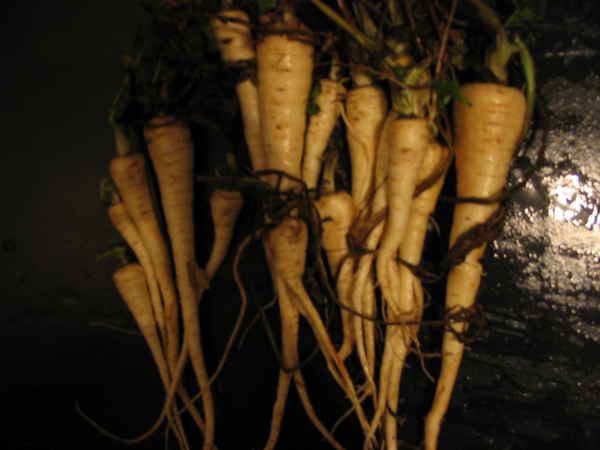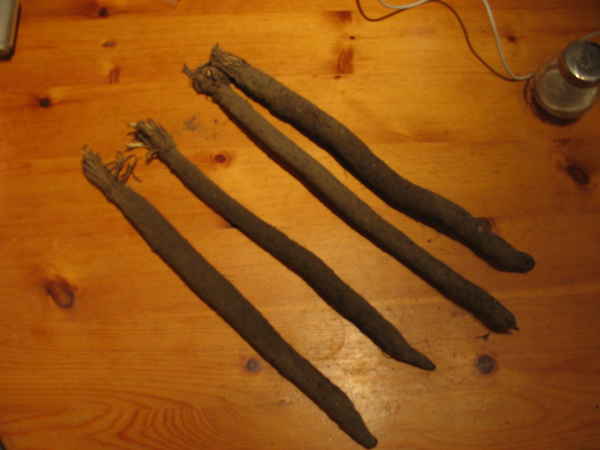Kenny on Veggie Gardening Tips recently posted his list of favorite tomatoes, so I thought I would post mine as well:
- Brandywine — Gourmet flavor. Red
- Snow White Cherry — Pale yellow, large cherry sized
- Black Prince — Early, nice tasting purple tomato
- Black Cherry — Heavy producer of tasty purple cherry tomatoes
- Yellow Taxi — Gourmet taste, color of a NY taxi cab
- Sugar Cherry Currant — Wild or currant variety. Sweet and prolific
- Yellow Oxheart — Not very prolific, but attractive and tasty.
- Mortgage Lifter — Large, red, good tasting
- Tiny Tim — Small red tomatoes. Determinate (all tomatoes ripen within a short time).
When you grow heirloom tomatoes, remember to save some seeds!
Also when growing tomatoes keep in mind that while the plants can be direct seeded into the ground, they will do better if you start them indoors 6-8 weeks before moving them outside. Tomato plants that are direct seeded will have weaker roots, and will form tomatoes later.
One of the reasons for starting them indoors is because they like to be both transplanted and at the same time buried deeply in the ground. Tomato plants can form roots from any part of the plant that is buried, so when you transplant them it is only necessary for a few top leaves to be left showing above the soil line, and the rest of the plant should be buried. Ideally, you will start the seeds in a seed tray, transplant them in a few weeks to a small plastic pot, then transplant to it’s final growing location.
Dr Carolyn J. Male has written an excellent book on this subject, 100 Heirloom Tomatoes for the American Garden.
Do you have favorite heirloom tomatoes? Please share them with us in the comment section, or post them on your own blog!





